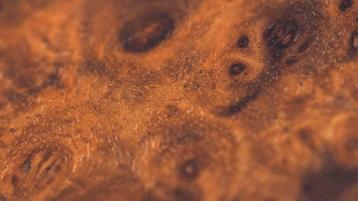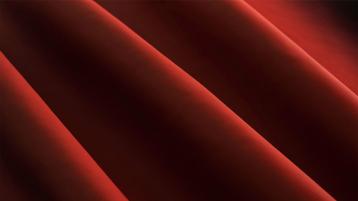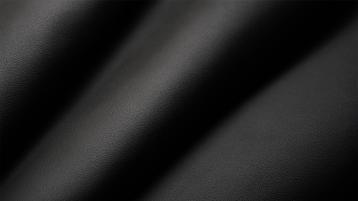



Craftsmanship
A century of unrivalled craftsmanship
From the moment the first Bentley was created in 1919, the human touch has been vital to the company’s philosophy of unrivalled craftsmanship and performance. Which is why, at the Bentley factory in Crewe, North-West England, thousands of highly skilled craftspeople are involved in crafting our cars by hand – and in the Mulliner workshop, unique bespoke cars are created. From the veneers, embroidery and leather inside to the paintwork that adorns the exteriors, Bentley’s craftspeople take enormous pride in the cars they make. It’s why they deliver such stunning attention to detail – for an in-car experience that delights the senses.



























